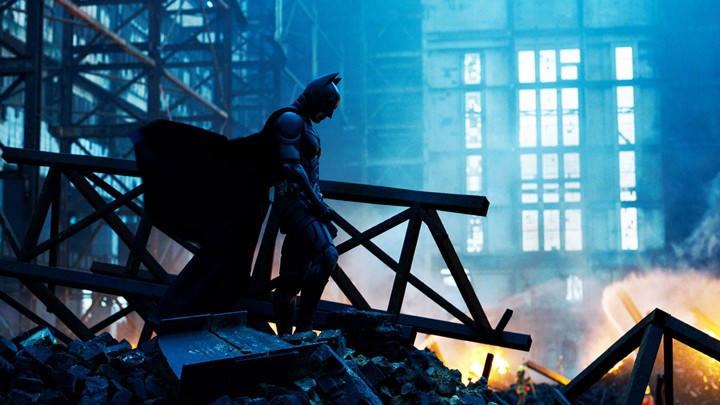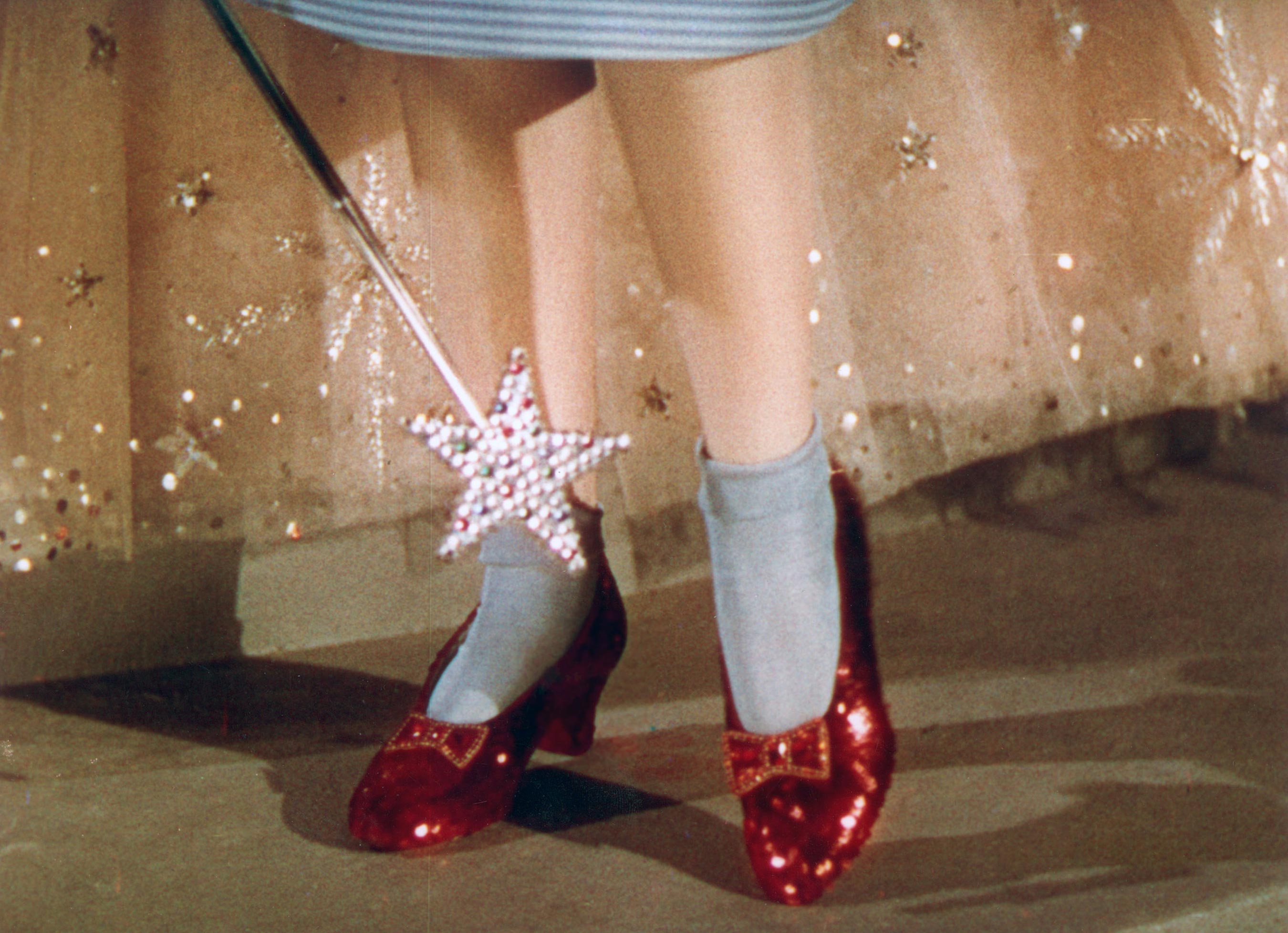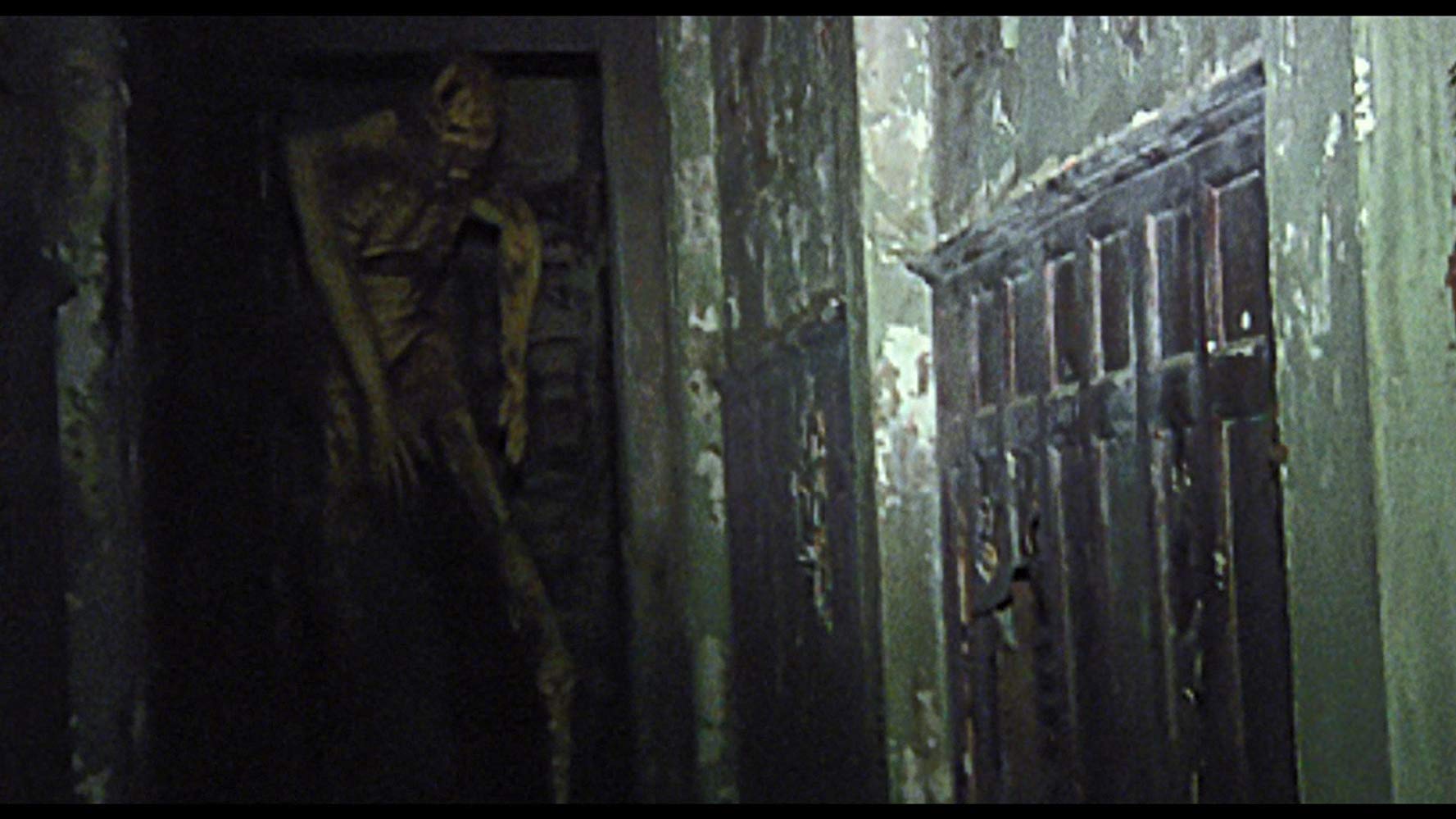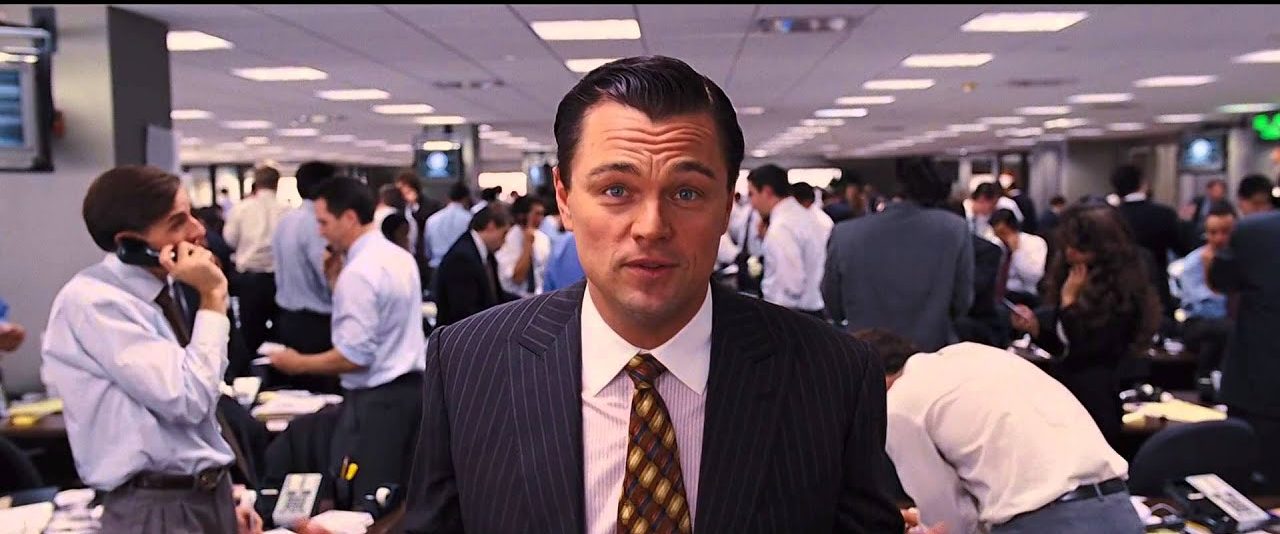Long Shot – Star Wars: The Force Awakens (dir. JJ Abrams, 2015)


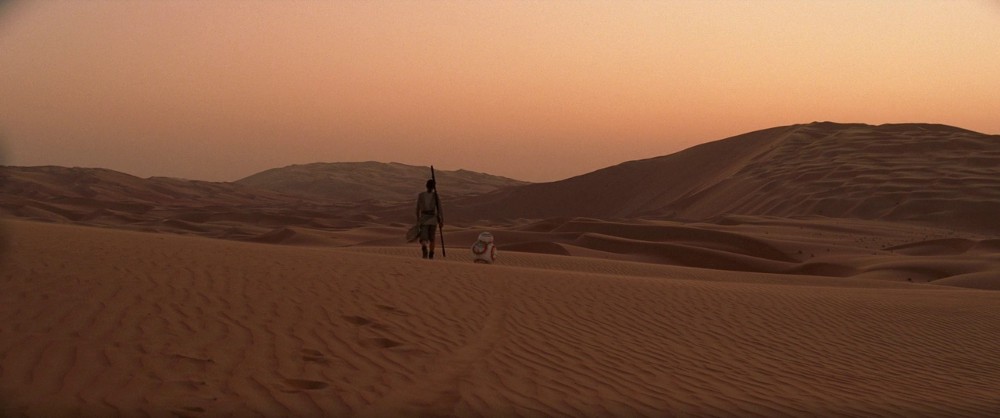
In this scene, Rey and BB-8 are the main focuses of the shot, as they are the only significant things in view. The use of the long shot helps to show the extent of the desert, to capture the mood of the scene. It is also a good way of showing the scenery, as the shots far into the distance help to immerse the audience into the idea of Rey’s life on an alien planet. This helps the audience to understand her situation, as she has been living on this desert planet for most of her life. The director could also have used an extreme long shot in this scene, but then the audience would have been more concentrated on the surroundings of the desert than of Rey and BB-8, who are the main focus here.
Close Up – Les Miserables (dir. Tom Hooper, 2012)
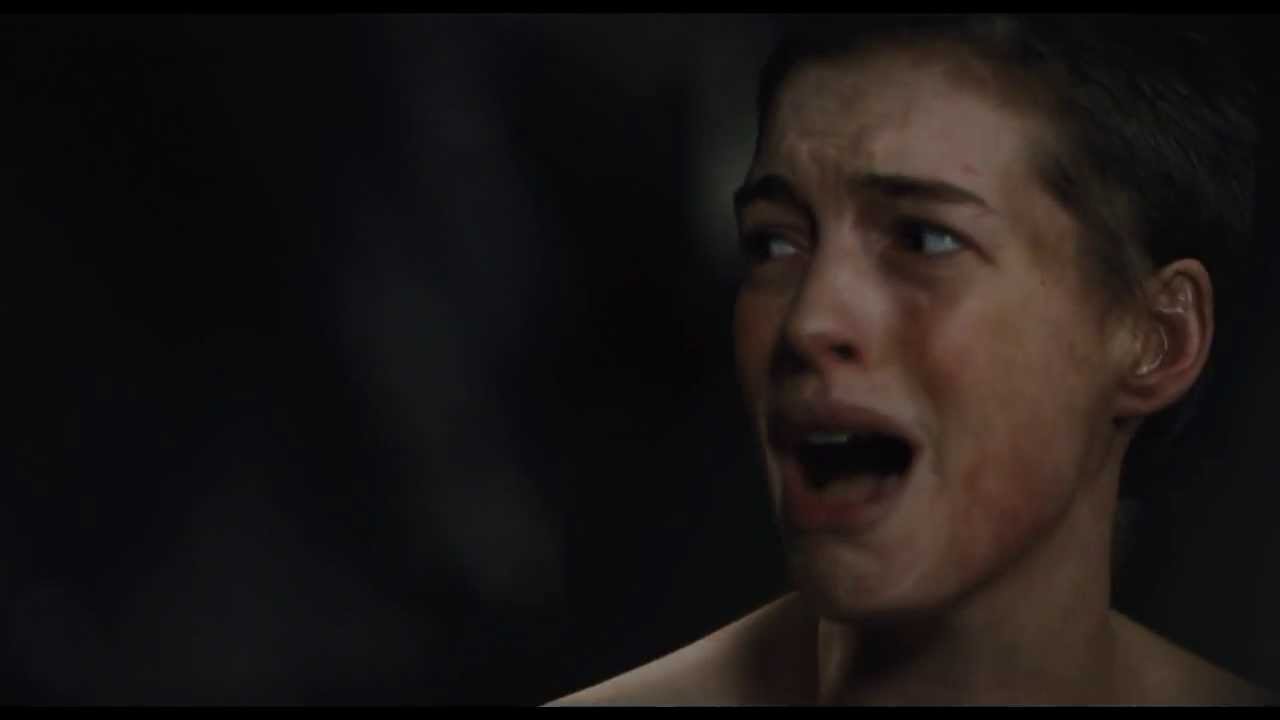

A close up shot is when the camera focuses on either props or characters in great detail. Throughout this film, there are many close-ups of different characters while they’re singing. This is an effective choice by the director, as it helps the audience to fully see the emotion in the character’s faces. For example, this shot focuses on Fantine, and it is clear to see the sadness in her eyes as she was just forced into the life of a prostitute and raped. This close up shot highlights the fact that she’s broken and has hardly any hope left within her life. If the director decided to use a different shot, for example a medium long shot, it wouldn’t have created as much of an intimate atmosphere and therefore, the audience wouldn’t have understood the intention behind the scene.
Medium Long Shot – Doctor Strange (dir. Scott Derrickson, 2016)

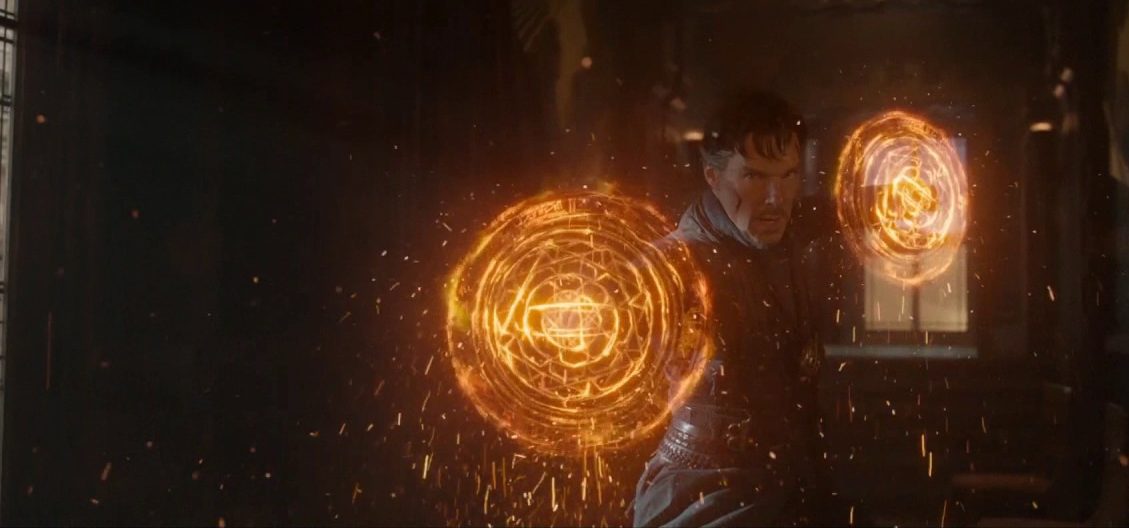
A medium long shot is a good way of structuring a scene as it allows a lot of information to be seen by the audience, while still focusing on the central character. This shot from the film allows the audience to clearly see Doctor Strange’s powers, showing how he has developed over the course of the film to get to this point. This type of shot also allows the audience to get a good look at the set behind the characters – in this case it is of the New York Sanctum. It shows the level of detail that went into the design of the set, to make it believable for the audience. However, it doesn’t show as much detail in the characters’ faces that would have been shown if a close up had been used instead.









